What You Need to Know About Compounding Cleanrooms
In order for a pharmacy compounder to safely and properly mix prescriptions according to legal regulations, a compounding cleanroom is required. The cleanroom, also referred to as a secondary engineering control (SEC) room, is where you will use and house specific equipment such as a laminar airflow workstation (LAFW) and a compounding aseptic isolator (CAI).
Pharmacies are governed under Section 503A of the Compounding Quality Act and must meet minimum cleanliness requirements in order to pass regulation and ensure sterile conditions for compounding. Following and adhering to these cleanroom requirements is pertinent to providing safe conditions both for you and for the recipients of the prescriptions, especially when compounding prescriptions that are considered hazardous.
Types of Compounding Cleanrooms
There are two main types of compounding cleanrooms that are typically required by pharmacies and other facilities in which prescriptions are compounded. These are referred to as
USP-797 cleanrooms
USP-800 cleanrooms
Each compounding pharmacy cleanroom meets specific cleanliness requirements, and the room you may need depends on what type of prescription compounding will be performed.
USP-797 Compounding Cleanrooms
In order to be compliant, the USP-797 cleanrooms must be closed on all sides and must have an antechamber that meets ISO 8 requirements. Additional specifications pertaining to USP-797 cleanrooms include the following:
Materials used in the compounding cleanroom should be easy to wipe down and sterilize
Proper equipment that is required by the USP
A minimum work area of 72 square feet and a minimum prescription area of 300 square feet
A separate area for consulting with patients
A sink located near or in the prescription filling area
A self-venting laminar flow hood or a hood that exhibits positive pressure
The ISO rating of the pharmacy cleanroom can also be improved by adding a HEPA or an ULPA fan filter unit.
USP-800 Compounding Cleanrooms
A USP-800 cleanroom is designed in a similar fashion to the USP-797 cleanroom, except with additional requirements that meet regulations for the handling and compounding of hazardous drugs. Hazardous drugs refer to any drugs that are considered carcinogenic, genotoxic, teratogenic, have reproductive toxicity, or are toxic to organs.
The compounding pharmacy cleanroom must be a negative-pressure controlled space with an exhaust system that safely disperses the air within the room.
Ensuring Compliance
Compliance with regulations for compounding pharmacy cleanrooms can be difficult and expensive if you aren't fully aware of all the details and specifications required. Additionally, if the cleanrooms aren't built to proper specifications and regulations, the cleanroom and your own actions within it can pose a safety threat to yourself, others who work in the cleanroom, and the recipients of any prescriptions you dispense.
You should consult with experts in the design and build of compounding cleanrooms before starting your pharmacy business or adding a cleanroom to an existing pharmacy or other facilities. Professionals in the field will have the skills, knowledge, and experience, and will be up to date with the latest guidelines for USP-800 and USP-797 cleanroom design and installation.
With the pharmacy industry growing at a rapid rate, it is even more important to ensure that all guidelines are properly met and compliance is always adhered to, as FDA regulators are inspecting cleanrooms with more scrutiny. Take the time to do your due diligence in learning more about compounding pharmacy cleanrooms and selecting a builder to complete your USP-797/800 cleanroom design.
Trackback Link
http://www.cleanroomspecialists.com/BlogRetrieve.aspx?BlogID=11089&PostID=691028&A=Trackback
Trackbacks
Post has no trackbacks.
